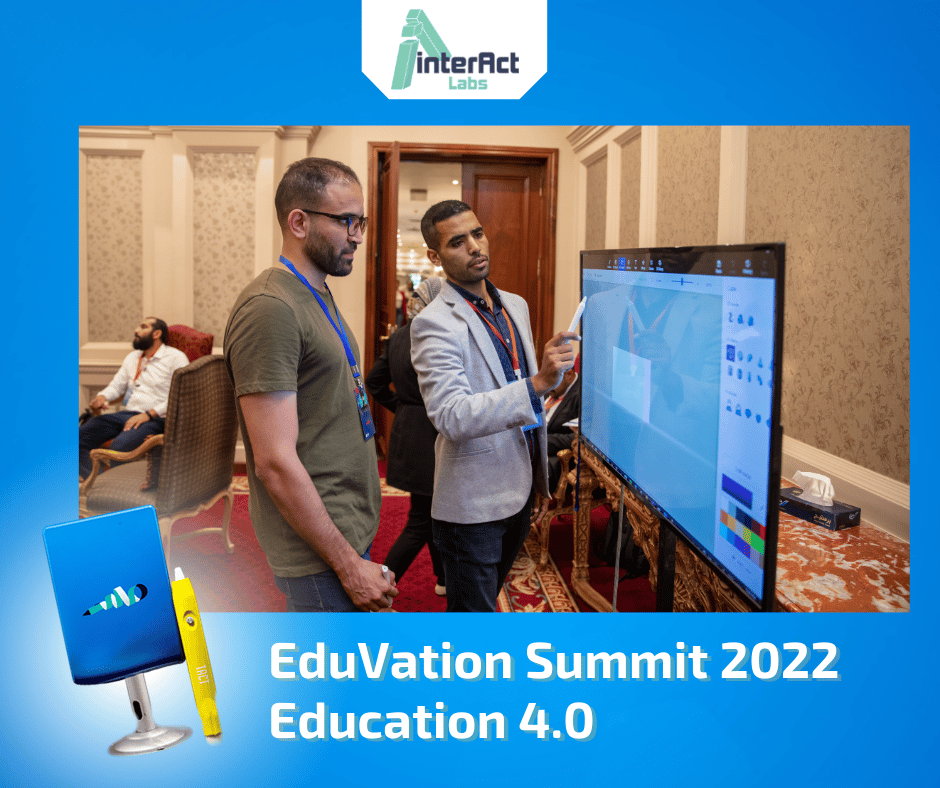
Problem-Based Learning Through Interactive Learning
Education is at the threshold of a transformational era, where interactive learning methodologies are redefining the way students engage with knowledge. One such innovative approach that has gained considerable traction is Problem-Based Learning (Problem-Based Learning) within the realm of interactive education. Problem-Based Learning harnesses the power of active participation, collaborative exploration, and real-world problem solving to foster deep understanding, critical thinking, and lifelong learning. In this article, we delve into the concept of Problem-Based Learning through the lens of interactive learning, exploring its benefits, implementation strategies, and the transformative impact it has on modern education.
Introduction to Problem-Based Learning:
Problem-Based Learning is an instructional strategy that shifts the focus from content delivery to empowering students to actively engage in solving problems. Originating in medical education, Problem-Based Learning has transcended disciplines and become a hallmark of progressive education methodologies. It centers around presenting students with authentic, open-ended problems that challenge them to research, analyze, synthesize information, and collaboratively devise solutions.
The Synergy of Problem-Based Learning and Interactive Learning:
Interactive learning methods lay the groundwork for effective implementation of Problem-Based Learning. Interactive learning leverages technology, group dynamics, and learner-centered strategies to create an environment that encourages inquiry, exploration, and critical thinking—key components of Problem-Based Learning.
-
Genuine Participation:
By immersing students in interactive exercises, virtual labs, and multimedia tools that mimic actual situations, interactive learning attracts their attention. This interaction is an excellent introduction to Problem-Based Learning since students are introduced to difficulties that mirror circumstances they may face in their professional careers. This connection to reality fuels inner drive, encouraging students to explore deeper into the subject.
-
Collaborative Exploration:
The collaborative nature of problem-based learning is intrinsic. Students must collaborate, generate ideas, exchange different points of view, and discuss alternative solutions. With tools like discussion boards and collaborative platforms, interactive learning environments enable students to have meaningful conversations and improve their capacity to work together to solve complicated problems.
-
Self-Directed Learning:
Interactive learning encourages self-directed exploration. Learners actively seek out resources, explore multimedia content, and navigate learning pathways at their own pace. This autonomy mirrors the self-directed nature of Problem-Based Learning, where students take ownership of their learning journey, identifying what information is relevant, conducting research, and building a comprehensive understanding to craft innovative solutions.
-
Application of Knowledge:
Problem-Based Learning emphasizes the application of knowledge to solve problems. Interactive learning supplements this approach by providing access to a wide range of digital resources, such as articles, videos, and expert interviews. Students can utilize these resources to gain insights, gather data, and evaluate potential solutions, mirroring the real-world process of researching and gathering information to make informed decisions.
-
Critical Thinking and Problem Solving:
At the heart of both Problem-Based Learning and interactive learning lies the cultivation of critical thinking and problem-solving skills. Problem-Based Learning challenges students to analyze problems from multiple angles, question assumptions, and explore different approaches—a process that interactive learning enhances through its emphasis on exploration, inquiry, and diverse learning experiences.
The Transformative Impact:
The integration of Problem-Based Learning within interactive learning environments ushers in a transformative educational experience that prepares students for the complexities of the modern world. This approach fosters skills that transcend traditional content mastery, empowering learners to think critically, collaborate effectively, and approach challenges with creativity and confidence.
Through Problem-Based Learning, students become active participants in their education, developing a deep understanding of concepts as they work towards solutions. Interactive learning methodologies amplify this process, allowing for experiential learning, real-world connections, and engagement that extends beyond the classroom walls.
By embracing the synergy of Problem-Based Learning and interactive education, we uncover an educational powerhouse that not only provides students with practical skills but also fosters a lifetime love of learning using the interactive Tact device that allows students and teachers to interact with educational content displayed in the classroom via projector or normal display screen.
The Tact device has been developed by Interact Labs to allow users to apply all interactive learning methodologies and facilitate the teaching process to become easier and smarter. As it allows teachers to interact with content over 150 inches display area using a carryable light device can be used anywhere without the need of technical support to get started, just plug and play. Learn more about Tact device by visiting www.interact-labs.com